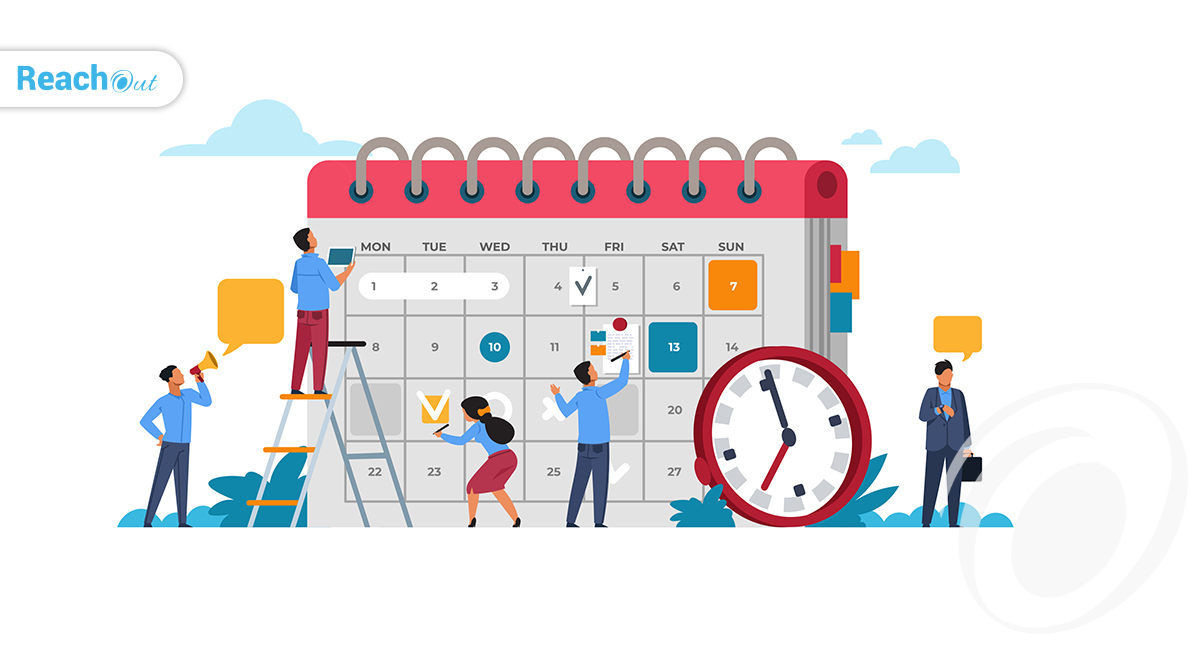
Optimize Your Field Service Scheduling With These Tips
Many businesses consider field service scheduling as an ad hoc activity. However, it’s a challenging task considering the differing service requirements that come from various nooks and corners.
The unpredictable nature of the equipment, machines, and people make perfection a Utopian dream. But this does not mean living with inefficiencies. Here are seven tips to optimize your field servicing scheduling. Following these tips removes most of the uncertainties and unpredictability.
1. Reconcile Manual vs Automated Scheduling
Automated scheduling is the flavor of the season.
Automated software schedules jobs after analyzing the data related to appointments, clients, and employees. Research major Gartner estimates automated scheduling to reduce unproductive activities by about 15%. The traditional manual systems lag in capturing vital information, increasing downtime, and missed service calls. These processes also increase the risk of human error. Despite these challenges, around 52% of field service companies still use manual processes to manage their whole activities.
These insights reveal some serious flaws when implementing automated scheduling. Often, the scheduling algorithm only considers the “rules” and not the practical realities.
The ideal solution is to apply manual scheduling side-by-side with automated scheduling. Put in place automatic scheduling, but have a manager ready to make ad hoc changes. The algorithm takes the brunt of the hard work. A human eye tweaks it based on practical realities.
Belk, a leading family-owned department store in the U.S. increased its gross profits by 2% within a few months of implementing such a hybrid system (applying automated scheduling and employing a few managers to verify the tasks).
2. Leverage the power of analytics
A good scheduling algorithm bases itself on how the enterprise works. It does not depend on theoretical considerations.
Here are a few aspects you need to keep track of:
- Track all data related to the jobs.
- Record key numbers such as first time fix, emergency or unscheduled calls, delays, and more.
- Track the days of the week or seasons when service calls are highest to identify peak times.
- Schedule work accordingly.
3. Adopt Scheduling Rules
Adopt scheduling rules aimed at improving your productivity and efficiency.
Schedule jobs only during the technician’s shift time, to avoid overtime and stress. Allow overtime only for unavoidable contingencies. Overbooking or double booking a technician results in incomplete or delayed jobs.
Determine the spares required for each job upfront. Send the technicians with such parts, to increase first-time fix rates.
Send qualified and licensed technicians for the job. Unqualified technicians may breach safety regulations and/or suffer injuries.
Related Reading: What 2020 Holds In Store For Field Service Industry
4. Optimize Scheduling
Optimize the scheduling by factoring in relevant considerations for each job. Some considerations can be like these:
- The technician’s travel time. Schedule non-urgent jobs in a locality together, to reduce travel time. In case of urgent or priority jobs, see if low-intensity jobs nearby can fill up gaps in the schedule.
- The level of expertise required. If a junior technician can do the job, spare the senior technicians for more complex jobs.
Bad scheduling decisions impede business goals. Each truck roll costs anywhere between $100 to $200 per visit. Saving even a few truck rolls through efficient scheduling delivers savings.
Use field service business intelligence tools to analyze existing data. Invest in preventive maintenance to pre-empt truck rolls.
5. Be Flexible
Many field service enterprises make the mistake of rigid scheduling plans. A successful system requires flexibility.
Often rigid algorithm rules do not allow exceptions. A good system has in-built flexibility to deal with emergencies and contingencies. It is flexible to cater to employee emergencies and client emergencies. The system allows open communication and easy changes.
6. Align employees and scheduling
Take the employee into confidence when preparing shift schedules. As far as possible, allow employees to select their desired shift or exchange shifts.
Reconciling employee preferences with business demands is a skilled art. For instance, certain technicians may have a working knowledge of particular equipment. Others may have a strong rapport with any customer.
Successful systems take the employee into confidence. The manager listens to their inputs and preferences and works with them to reach a consensus.
7. Leverage the power of IoT and automation
Artificial Intelligence and IoT take automated scheduling to a new level.
Related Reading: How AI and IoT Drive Field Service Innovation
IoT allows businesses to apply predictive maintenance. Sensors on equipment send signals showing when service is due. Abnormal data may show an imminent breakdown.
Artificial Intelligence allows understanding needs and processes better. An AI-powered system, for example, scours through a technician’s social media posts. If the system finds out about the upcoming parent interactive meeting at the technician’s child’s school, it does not schedule the technician on that day.
Effective scheduling ensures the right technicians at the right place at the right time. The existence of a business depends on the extent to which the business gets this right.
ReachOut’s work order software allows you to stay in control of your team’s operations while improving cost-efficiency. Our field service management suite enables easy work scheduling with a drag and drops calendar for effective team utilization. Contact us to learn how ReachOut’s work order software can impact your bottom line.
We have a limited period promo offer valid till 31st of December that gives our customers a flat 30% discount for purchasing user packs into their account. Click here to know more about how you can claim the offer before it ends.
Aarathy
Aarathy is a Senior Digital Marketing Analyst at ReachOut Suite. She is majorly into content marketing and focuses on getting the messaging right across a host of marketing collaterals. While not working on content, you can find her juggling SEO, social media, branding and more. She enjoys exploring new frontiers in digital marketing and the associated challenges keep her going.
More posts by Aarathy


